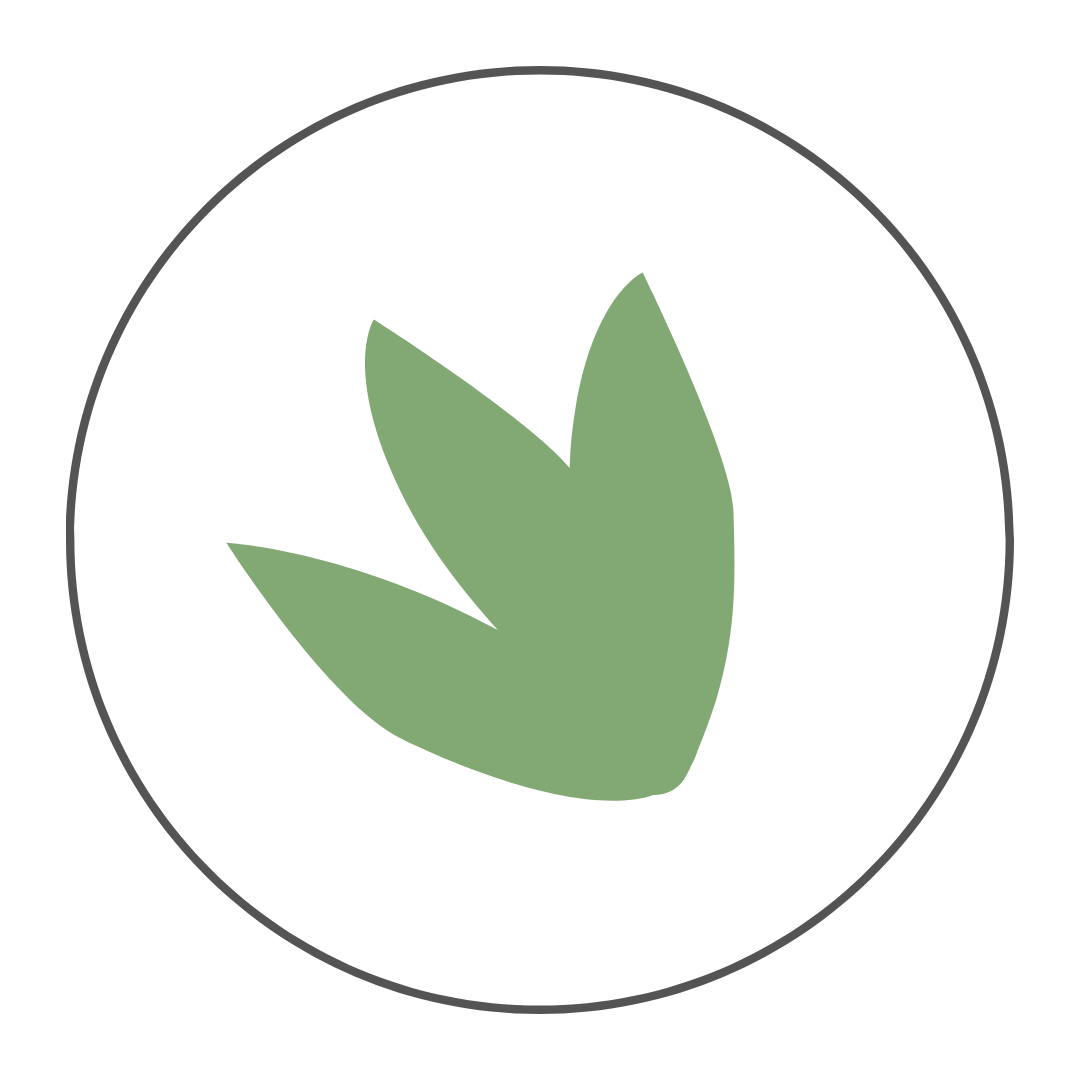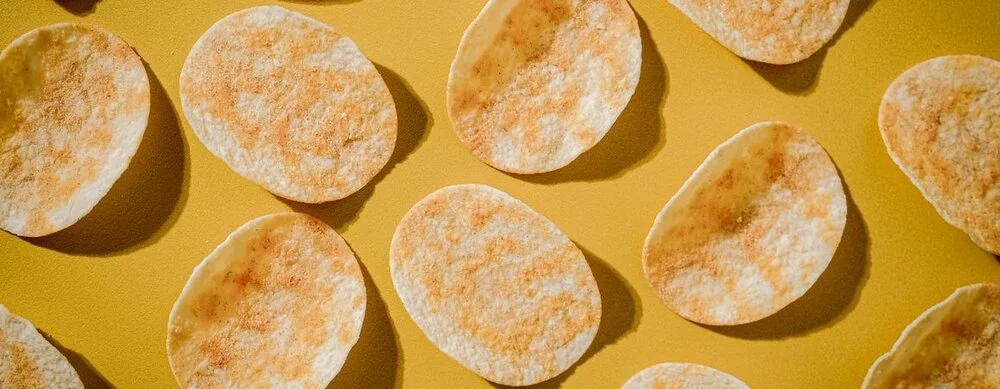Caught In The Snacking Pleasure Trap? Tips To Get Out!
COVID QUARANTINES HAVE NOT BEEN FRIENDLY TO WAISTLINES. OREOS, CAMPBELL SOUP AND DORITOS SALES HAVE SURGED AS HOMEBOUND CONSUMERS FILL THEIR PANTRIES IN SEARCH OF SMALL PLEASURES.
Per the Washington Post, after the global outbreak shut down much of the nation’s business and social activity earlier in 2020, consumers famously began stocking up on hand sanitizer, household cleaners and toilet paper in anticipation of long stretches of home confinement. While they were at it, they snapped up soda, chips, cookies and other snacks that would make it bearable.
Since the pandemic, snacking brands have grown significantly; called expandable consumable goods. That means if they are in your pantry, you will eat those more quickly. PepsiCo reported first-quarter earnings that rose 10 percent, thanks to people loading up on soda and snacks like its popular Doritos. A pandemic-battered landscape saw PepsiCo launch Cheetos Popcorn, Kellogg and Wendy’s (WEN) collaborate to boost limited-edition Pringles Baconator, and Mondelēz International offer RITZ Cheese Crispers.
The Frito-Lay’s U.S. Snack Index underscores a trend that’s not likely to go away anytime soon. The survey showed that 66% of respondents plan to keep more snacks in their house than before COVID-19 — citing fears that their favorites will be sold out, and to limit their exposure to the virus by having to go out shopping.
DOES THIS SOUND LIKE YOU?
If it does, you’re not alone. The Food & Health Survey from the International Food Information Council noted 85% of individuals have altered their diet in some way with snacking becoming more prevalent. Our clients tell us that they are snacking more because they are working from home, near their kitchen all of the time, experience more boredom and/or are binge watching Netflix and snacking.
WEIGHT AND VITAMIN D LEVELS MATTER FOR IMMUNITY
Unfortunately what’s not mentioned in mainstream news or by our health authorities is the verified connection between our underlying health and our susceptibility to COVID-19 severity. Last month, the Centers for Disease Control and Prevention published new data suggesting that almost 80 percent of people who were hospitalized, needed ventilation, or died from COVID-19 were either overweight or obese. As of 2018, 42 percent of Americans are obese (body mass index [BMI] >30), and over 70 percent are overweight (BMI >25).
More recently, researchers in Italy published new meta-analyses of 43 observational studies examining the relationship between vitamin D and COVID-19. The results indicate that low levels of vitamin D were associated with a higher risk of infection, hospitalization, and death from COVID-19. It’s estimated that approximately 40% of the US population is deficient.
These two seemingly unrelated findings share something in common: they point to the enormous importance of our underlying health in determining how we respond to the SARS-CoV-2 virus. Vitamin D fortunately is a cheap and easy fix. Supplementing 5000 IU of D3 day is enough to boost almost everyone into the minimum optimal range of 40 ng/mL. You can also frequently get a free vitamin D check when you get your annual physical blood draw too. You may even be able to go into the lab just to test for vitamin D if you already had your annual physical but it didn’t include vitamin D levels. You’ll want to ask your insurance.
CHANGE YOUR HEALTH IN 3 WEEKS
It’s true that reversing overweight and obesity is not something that can be done overnight. However, many studies have shown that certain interventions, like a low-carb or ketogenic diet, can lead to significant weight loss and improvement in metabolic markers in as little as three weeks. Given that the pandemic has been going on for over a year and that COVID-19 may become, at least on some level, something we live with permanently, three weeks doesn’t sound like an unreasonable amount of time.
GET OFF THE HAMSTER WHEEL
Long story short, processed foods and a sedentary lifestyle are great from an evolutionary/survival mechanism: innately we seek pleasure, avoid pain, and conserve energy in an effort to survive. Mother nature has built us a feedback-based guidance system known as happiness, a.k.a. the short-term mood state that lets you know when you are getting closer to pleasure and further away from pain. An unhappy state tells you to change your situation.
Mother Nature wants us to seek out calorically dense, nutritious foods, but the kind that are found in nature, not created in a lab by food scientists and manufacturers. But processed foods are designed to hack into our hardwiring; nature can't provide the level of sweetness found in Skittles, the fun fizz of soda, the satisfying crunch from cookies or the energy conservation from cars or elevators. All of these man-made items max out our pleasure centers, putting us in the Enhanced Pleasure Zone (see chart).
So, when we go from having processed foods or an inactive lifestyle, to having a strawberry or starting an exercise we actually feel displeasure (the Subnormal Pleasure Zone). The very experience we are programmed to seek out, the one that tells us that we are doing the right thing “feels wrong and when you do the wrong thing it feels right.” The nervous system has been “spun into a puzzle that it never was designed to solve.” Taking on a whole-foods focused lifestyle can be—and is for most folks—just as difficult as kicking drugs.
ALL IS NOT LOST
If you continue on a healthy track, the nervous system will bounce back. The human body is an incredible machine, capable of healing itself drug-free. It takes 2 weeks for your body to recalibrate and at least 30 days for the change to occur and stick. If you can keep reminding yourself that this force is there, ready to knock you off course, you can defeat it when it rears its ugly, confusing head. Then one day, you will have made your way back to the Normal Pleasure Zone, which is in line for what nature intended: plain water will taste refreshing, an apple will taste tantalizingly delicious and candy might taste just a little bit too sweet.
OTHER TIPS
Cravings are connected to our emotions and hormones. Be aware that we connect sugar with positive emotions or with the brief release of uncomfortable emotions (sadness, disappointment, loneliness, stress, frustration, depression, grief, shame). Women also tend to notice changes in digestion and more cravings the week before their menstrual cycles so tracking it on a fertility app can help you understand your cycle and potential start times for stronger cravings.
Add in non food related pleasure. If we do things in our lives that bring us pleasure, we are less likely to seek out food for pleasure. Do things like staying connected to family and friends, moving in ways you enjoy, set time aside for a hobby, watch or listen to comedies, take bubble baths etc.
Give yourself permission to have snacks. Tell yourself you can have the treat you crave, but you are going to wait a few minutes (and possibly try some of the suggestions above) to see if you still want it after.
AND IF ALL ELSE FAILS…
Eat a high-quality version of whatever it is you are craving IE if you want ice cream, get real, slow churned ice cream (NOT low-fat, low calorie, fake flavors ice cream).
Try chocolate meditation - take a piece of 60%+ dark chocolate and close your eyes and focus on it melting in your mouth. Take your time and savor the experience. You can apply this to other treats as well.
Above all, allow yourself to enjoy it and not feel bad or guilty. Biochemically, pleasure from our meal assists with a naturally controlled appetite. This means when we feel pleasure, we become satisfied and are less likely to over eat.



